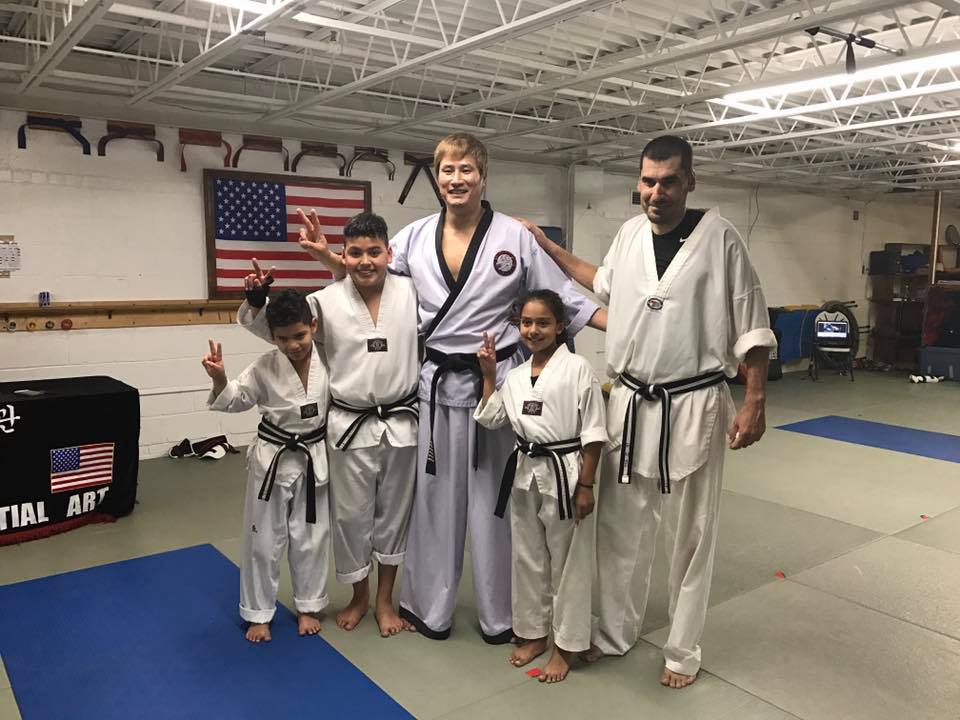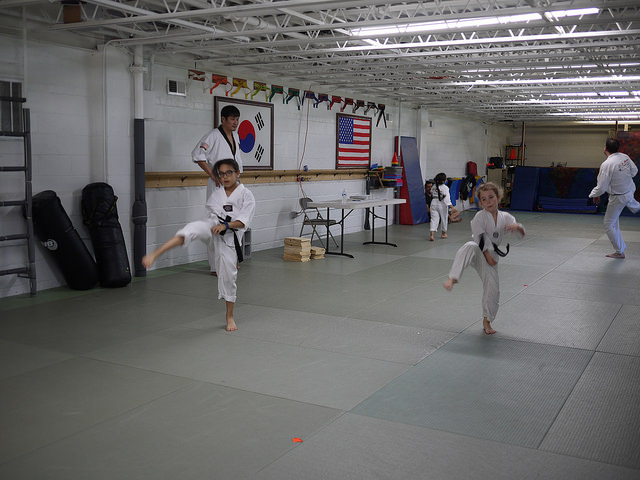
From earlier posts, you have probably noticed that Be Ryong Martial Arts curriculum and testing requires a tremendous amount of strength, stamina, and mental toughness. It is particularly so during the Black Belt Testing cycles. Generally, you will train for a minimum of 6 months from the time you put on your Bo-Black belts until you test for your Black Belt. It’s really important to use this time wisely to create the mental toughness, strength, and stamina that are required to succeed.
That is where cross-training comes in. What is cross-training? It is, basically, doing something that is different. For martial arts training, it can take a variety of forms. One of the simplest forms of cross-training to employ is running. It has been said by runners, “My sport is your sport’s punishment.” This is in reference to many team sports using running laps as a punishment. Running is not punishment. It is one of the most effective training methods to help you gain the cardiovascular fitness and endurance to be successful in martial arts. It also helps to condition you to work through discomfort to allow you to continue and finish the training. You don’t need a lot of special gear for running; some good running shoes, synthetic clothing, sunglasses and a water bottle will pretty much do the trick. You might like it. You might like to know that Master Yun has completed two 10-Mile races and a Half-Marathon (13.1 miles) in the last two years and will be competing in the Marine Corps Marathon (26.2 miles) this October 22. Believe it or not, these distances are a challenge, even for our Master ☺
Some other great cross-training is weight training. I know, I know, you don’t have a gym, or some other such reason, but… You do have your own body weight and a floor, so, you really have all you need to get started. Push-ups, yes, remember you will do at least 770 during your Black Belt test, are body weight exercises and you can do them almost anywhere. On the floor in your office, in the hallway at home, on the patio, on the deck by the pool, or even on the floor in front of your TV! Just do them a few at a time, 10 then 20 then more. Practice doing them slow, fast, different hand spacing, on your fists, on your wrists, just do them and do them in proper form. Pull ups are fantastic. Live near a school or playground? Find the monkey bars and start it out. Can’t do a lot? Do a few at a time and work your way up. Almost anything can be used as a weight, a gallon of milk, a can of corn, get creative and have fun with it.
Don’t forget about the sit-ups either. Get creative with them. Do crunches. Do bicycles. Do side crunches. If you know how, practice side falls and back falls and then take it up a notch by practicing the fall and standing up after each one. Seriously, picking up your own body weight repeatedly will wear you out faster than you ever thought possible, unless you’ve taken a Hap Ki Do Black Belt test…
Cycling is a great cardiovascular cross-training exercise too. Just ask Daniel, he rides hundreds of miles each week and takes Hap Ki Do and Tae Kwon Do as well. Many of your classmates commute to and from work by bicycle. It’s great and we have plenty of safe trails to ride on around here.
In the summer, you can swim in an outdoor pool and an indoor pool in the winter. It is low impact and very highly effective at strengthening your muscles, most of which you don’t use as much as you think you do. Don’t believe me? Go to the pool and swim 20 laps, then come see me the next day.
It’s also critically important to stretch. You might think that’s not exercise, or cross-training, but you would be mistaken. Take a yoga class, or Barre, or Pilates. Do the Wii Fit Balance Board yoga work out. Sit in front of the TV and stretch after you have done push-ups and sit-ups during commercial breaks ☺ You know stretching improves flexibility and flexibility improves your kicks right? How can it hurt to work on these two things as a means of cross-training? Answer, it can’t hurt. No matter what you do, if it is different than what you are doing in classes, it is cross training and it is helpful to you as a martial artist. It can also be fun. So enjoy your cross-training and we will see you at Be Ryong Martial Arts!
by Chris, adult, HKD black belt


